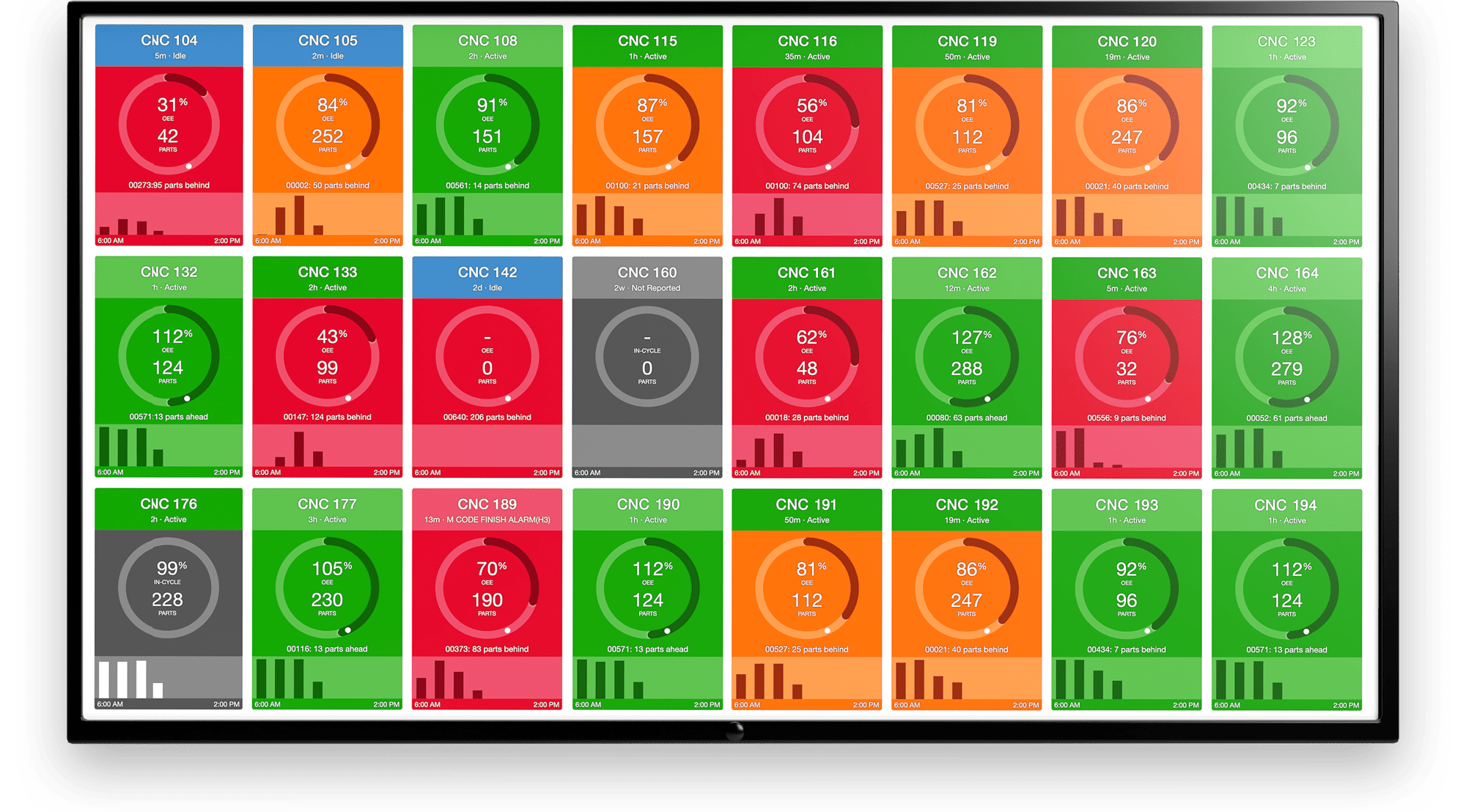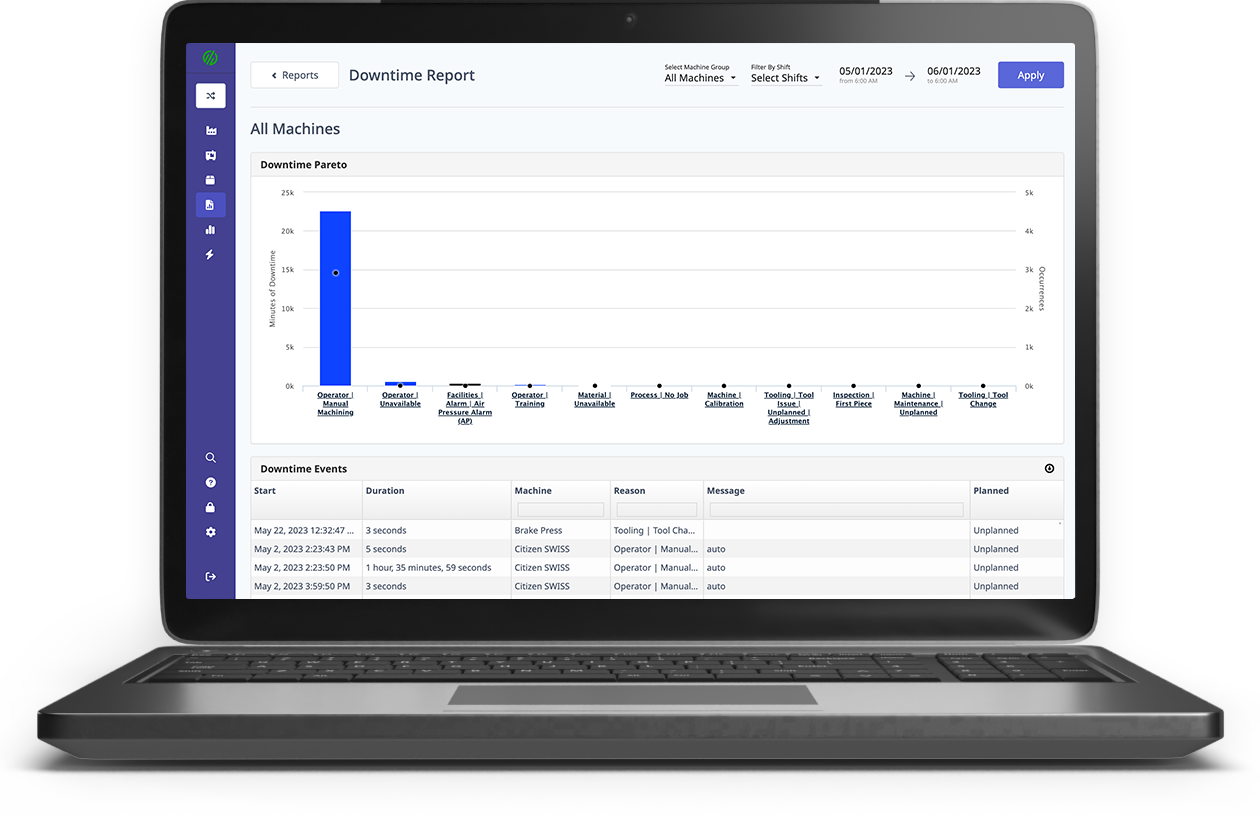MaxAI has arrived! Learn all about it
here
Search
SUGGESTED CONTENT:
MachineMetrics Blog
Harvey Performance Company is a global leader in precision cutting tools, manufacturing brands like Harvey Tool, Helical Solutions, Micro 100, and others used in aerospace, medical, power generation,
MachineMetrics
/ Nov 19, 2025
Pindel Global Precision is a contract machining company headquartered in Wisconsin and serving a diverse range of industries, including agriculture, hydraulics, electrical, and general industrial
MachineMetrics
/ Nov 17, 2025
Easthampton, MA – November 6, 2025 – MachineMetrics, the industry’s leading production intelligence platform, today announced the launch of Max AI, the new AI-powered intelligence layer for its
press release
/ Nov 06, 2025
Easthampton, MA – October 16, 2025 – MachineMetrics, the Intelligent MES and industry leader in machine connectivity, today announced the launch of Manual Stations - a powerful solution that enables
press release
/ Oct 15, 2025
START DRIVING DECISIONS WITH MACHINE DATA.
Ready to empower your shop floor?
Learn MoreProduction Reporting Done Right: Accurate, Real-Time, V...
Machine Monitoring
/ August 25, 2022
Things move quickly in manufacturing. People, materials, machines, and other components are constantly in play with changeovers, unit production, repairs, and other tasks to keep production processes...
INTRODUCING "THE CONNECTED FACTORY": THE SOFTWARE STACK...
MachineMetrics
/ August 23, 2022
Today is a once-in-a-generation opportunity for manufacturers to capitalize on the reorganization of the global supply chain. To do so, Manufacturing today is undergoing a significant transformation...
New Automation Features and Expanded Connector Library
MachineMetrics
/ August 23, 2022
Key Takeaways: MachineMetrics’ updated platform now includes new automation features and an expanded connector library for seamless machine integration. The enhancements enable manufacturers to...
Machine Utilization: Track and Improve Equipment Perfor...
MachineMetrics
/ August 18, 2022
Key Takeaways: Machine utilization measures how effectively manufacturing equipment is used in production processes. High utilization rates indicate efficient use of resources, leading to lower costs...
Operationalizing Manufacturing Data: From Systems to Ac...
MachineMetrics
/ August 11, 2022
Key Takeaways: Turning manufacturing data into actionable insights improves operational efficiency. Effective data strategies require real-time analysis and integration with workflows....
Get In Touch With Us
Easthampton Office
116 Pleasant St, Suite 316, Easthampton, MA 01027
Platform
Industry Solutions


.png?width=1960&height=1300&name=01_comp_Downtime-%26-Quality_laptop%20(1).png)